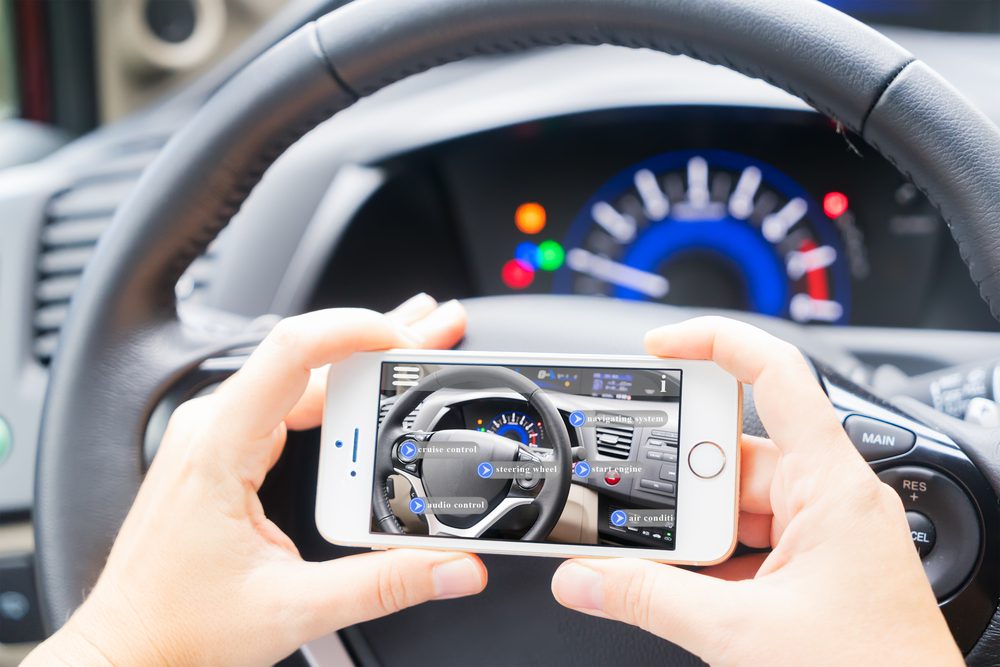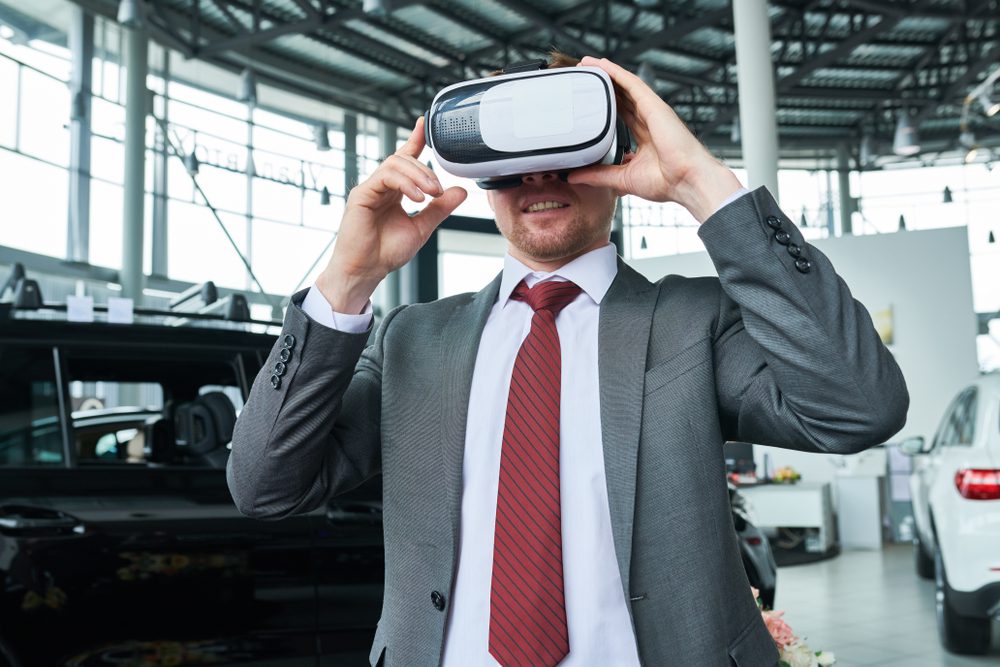Car sales were heavily stymied as a result of the pandemic, and it undoubtedly forced dealerships to change procedures and try to find other ways to make up for missed sales opportunities. While many consumers were afraid to go out in public, including the fear of entering a dealership, car sales were also impacted by many consumers’ loss of wages and their unplanned inability to buy a car. Now, many people are back in the market for a vehicle, and dealerships are needing to explore new ways of selling what they have in stock.
Selling clothes, electronics, and other items – even groceries now – online has been a huge success for many businesses, so car seekers who would prefer to shop virtually may be extremely inclined to make use of virtual showrooms. Some dealerships have implemented virtual consultations with customers, but very few have made their dealerships into a virtual reality to date.
 Some dealerships already have the beginning stages of a virtual showroom, with their websites and/or smartphone and tablet apps allowing customers to search for vehicles, find the ones they want, and then view the vehicles inside and out at 360-degree angles. The next step for many of these dealerships may be augmented reality, which in general mixes real-world views with computer-generated overlays. This would take existing virtual sales to an entirely different level, allowing users to “place” the vehicle they have chosen in different settings, including preset locations or customers’ own driveways and garages. Porsche previously released a version of this in 2019, but most non-luxury automakers have been slow to follow.
Some dealerships already have the beginning stages of a virtual showroom, with their websites and/or smartphone and tablet apps allowing customers to search for vehicles, find the ones they want, and then view the vehicles inside and out at 360-degree angles. The next step for many of these dealerships may be augmented reality, which in general mixes real-world views with computer-generated overlays. This would take existing virtual sales to an entirely different level, allowing users to “place” the vehicle they have chosen in different settings, including preset locations or customers’ own driveways and garages. Porsche previously released a version of this in 2019, but most non-luxury automakers have been slow to follow.
Virtual reality headsets may also become a thing in dealerships, too. These are a win-win for the dealership and the customers, as the dealership doesn’t have to keep as much stock and customers are able to customize and view their potential future vehicles in real-time. Couple this with on-demand test drive delivery in which a dealership drops a vehicle off at a customer’s house for a test drive upon digital request, and the time spent in a dealership interacting with a salesperson and the finance office is greatly slashed or eliminated.
| Related: Cox Automotive’s Charlie Chesbrough on how car dealers can remain successful in Q4 |
It is irrefutable that the transition to more digital means has been critical for many dealerships, as it cuts down the time that customers have to spend going through the traditional car-buying process of looking at all of the cars in a dealership’s lot, listening to some sort of sales pitch, and then feeling pressured to buy the vehicle they’ve chosen. Of course, after that comes the paperwork, which can be time-consuming and boring; therefore, many dealerships have already transitioned to letting customers do this online and it has been well-received.
Since digital transformations have proved to be successful, it may be worth dealerships’ time to think about virtual showrooms.
The pandemic was a sort of awakening for many dealerships who realized they may need to make more drastic changes on the technology front. While virtual showrooms may take some time to roll out and it will definitely take time to see how consumers respond to them, at this time dealerships should at least consider the concept and be prepared to implement it.
Did you enjoy this article from Kimberly Hurley? Read other articles on CBT News here. Please share your thoughts, comments, or questions regarding this topic by submitting a letter to the editor here, or connect with us at newsroom@cbtnews.com.
Be sure to follow us on Facebook and Twitter to stay up to date or catch-up on all of our podcasts on demand.
While you’re here, don’t forget to subscribe to our email newsletter for all the latest auto industry news from CBT News.










